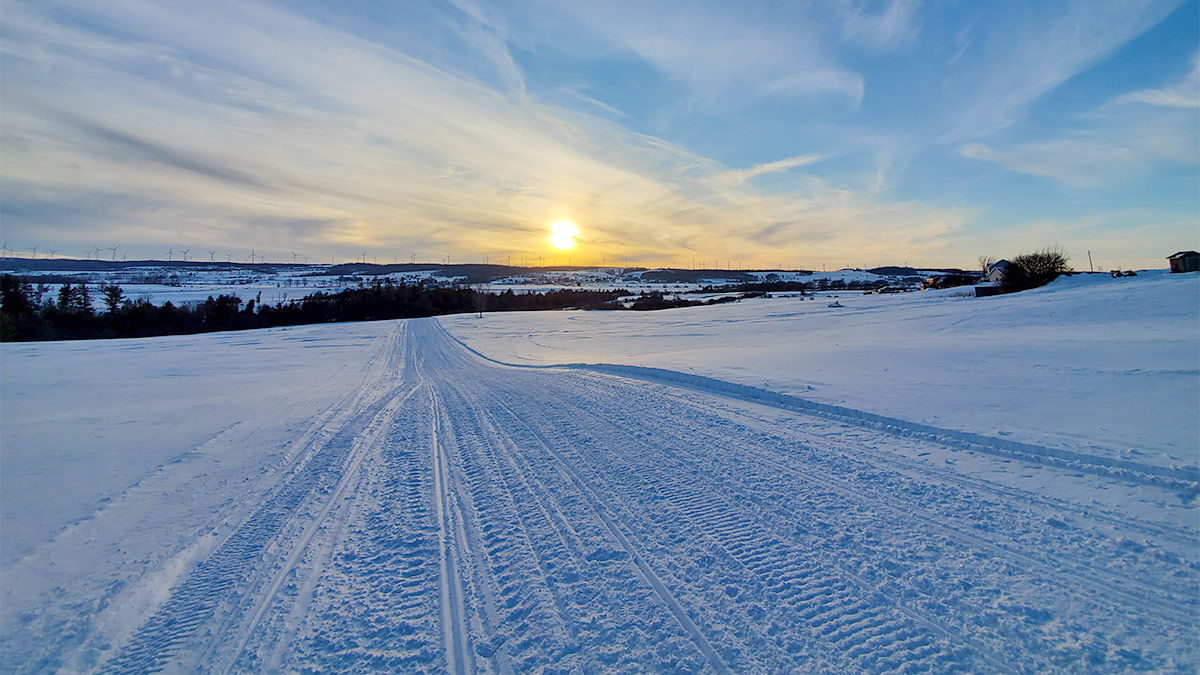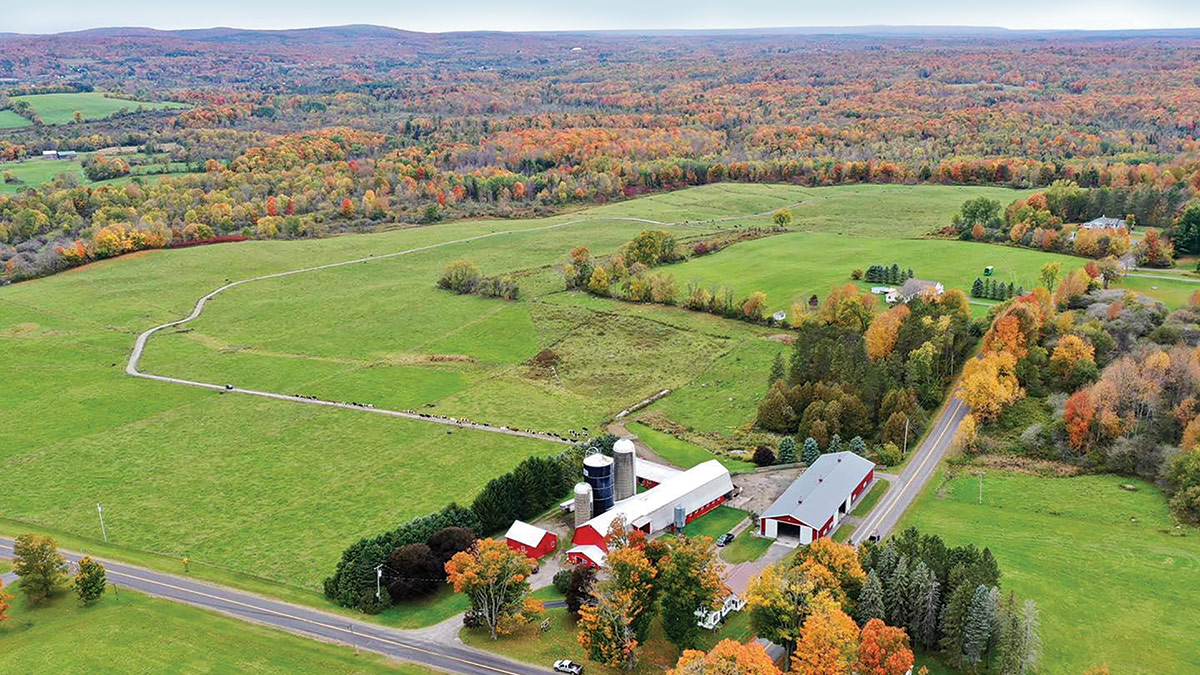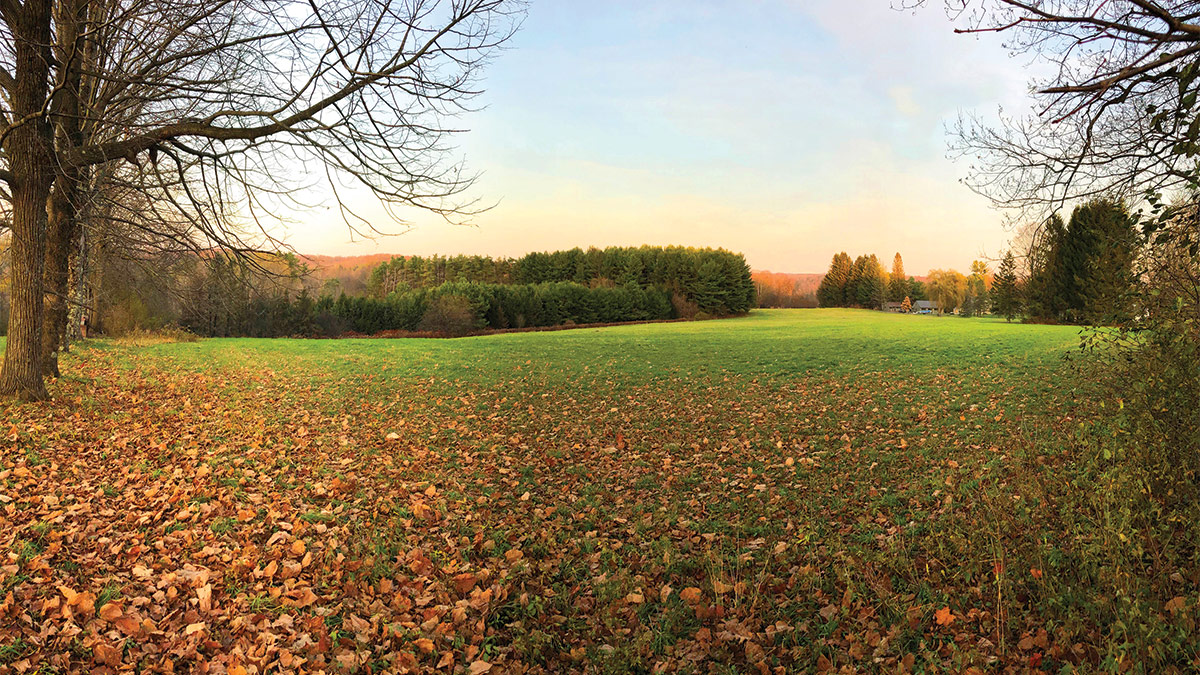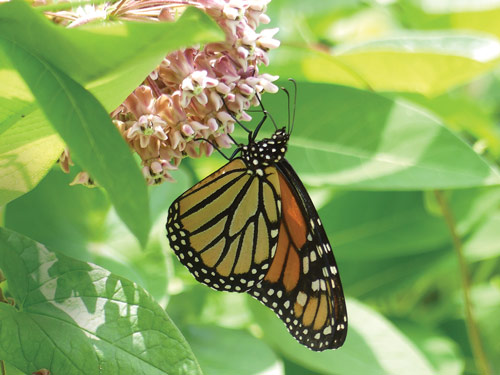As you venture out on the trails this summer to find a special place to relax and spend time with family and friends, Tug Hill’s waterfalls could be just the ticket.
We are fortunate that the lands surrounding Tug Hill’s spectacular waterfalls are remarkably intact, many with beautiful trails and overlooks and sparkling clean water.
“Water is one of the things that Tug Hill does best,” notes Katie Malinowski, Tug Hill Commission’s Executive Director. “But we can’t take it for granted.”
As noted by the National Oceanic Atmospheric Administration, the Northeastern U.S. has experienced
a 38% increase in the amount of precipitation falling in very heavy events from 1901 to 2016 accompanied by longer periods of summer drought. That trend continues.
The change in weather patterns makes it even more important to conserve the lands surrounding streams, wetlands, rivers, and waterfalls.
Heavy downpours cause intensive runoff which, in turn, carries sediment and nutrients, increasing the likelihood of water contamination and rendering habitat unsuitable for fish and other wildlife.
Conserving Tug Hill’s waterways is an ongoing priority for us. Our partnerships with municipalities, conservation organizations, and local landowners are growing.
This summer and fall, with support from people like you, we hope to conserve farms, woodlands, and wildlife habitat that will contribute to maintaining the clean waters of Tug Hill. In the meantime, check out what’s already been conserved.
It’s a great way to participate in the Tug Hill 10 Challenge, too.
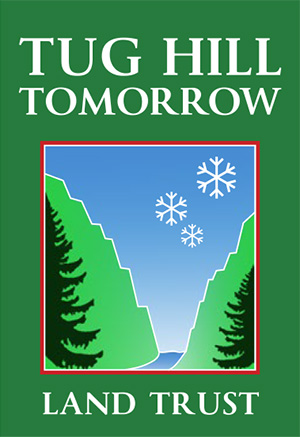
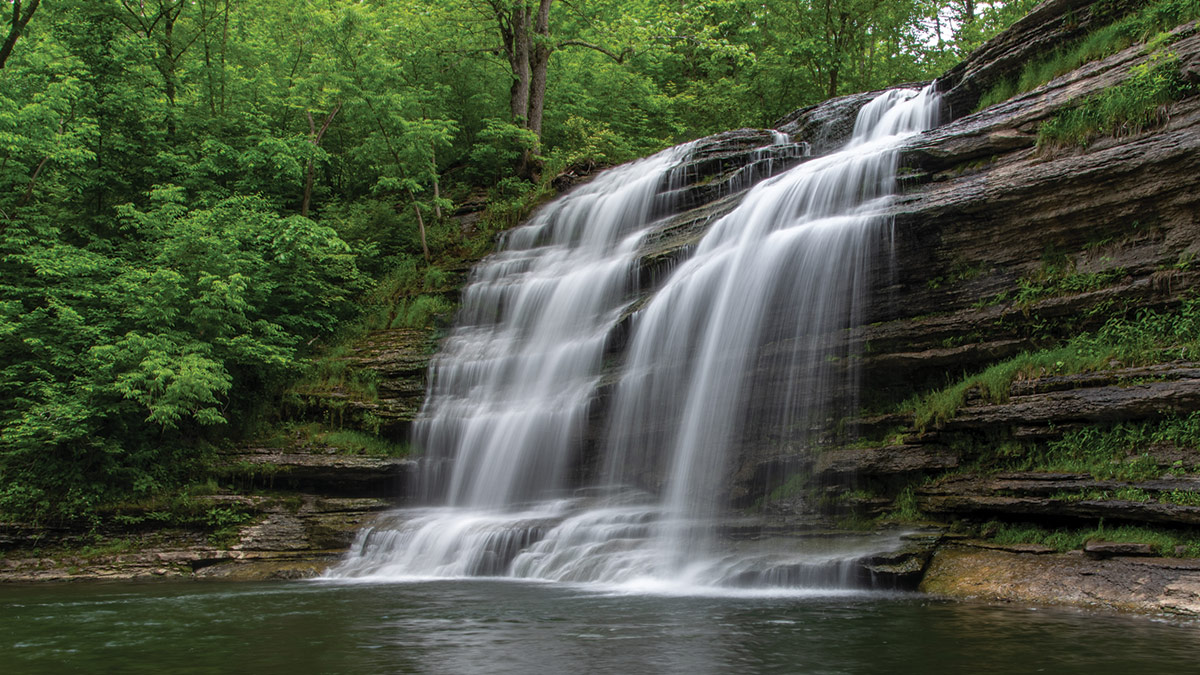
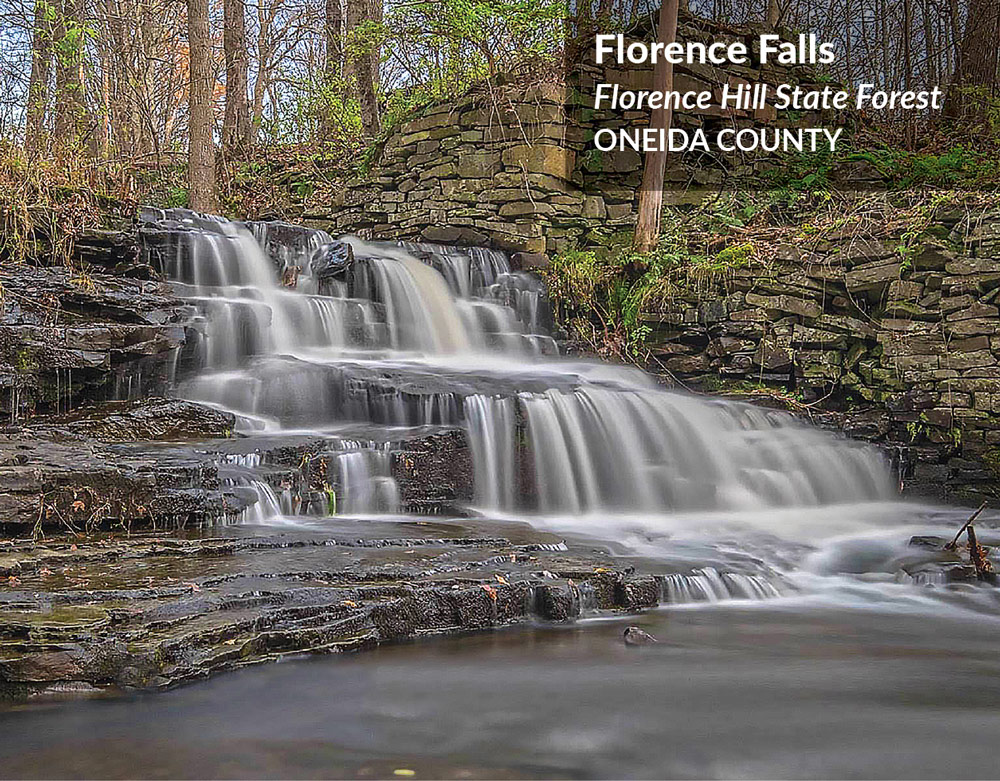
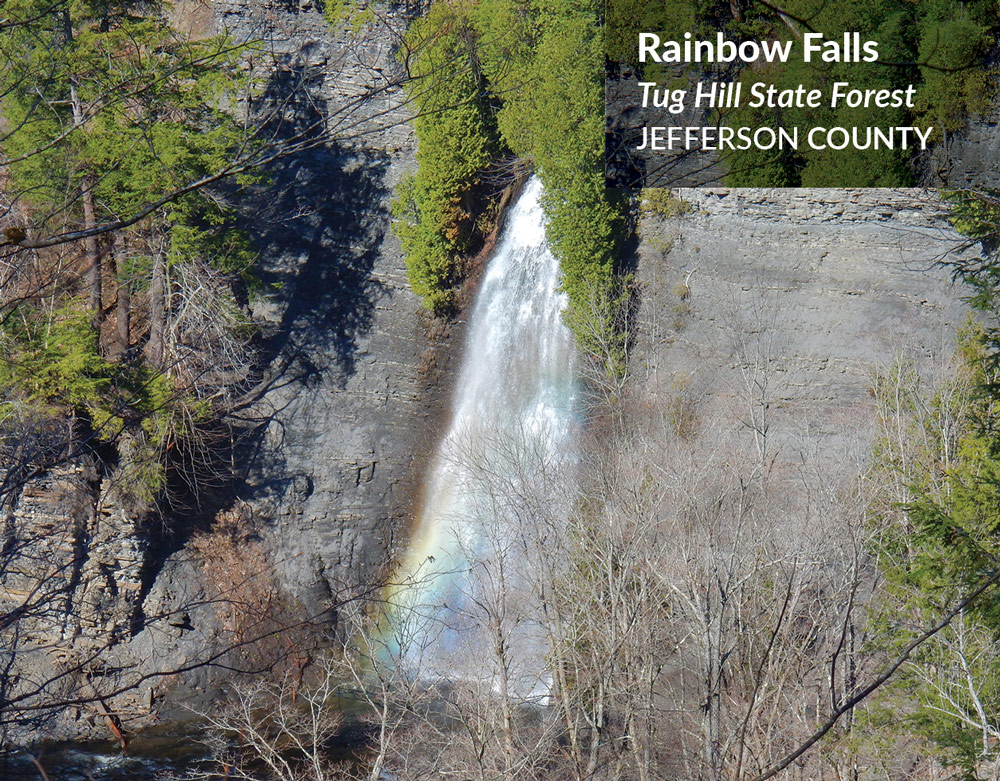
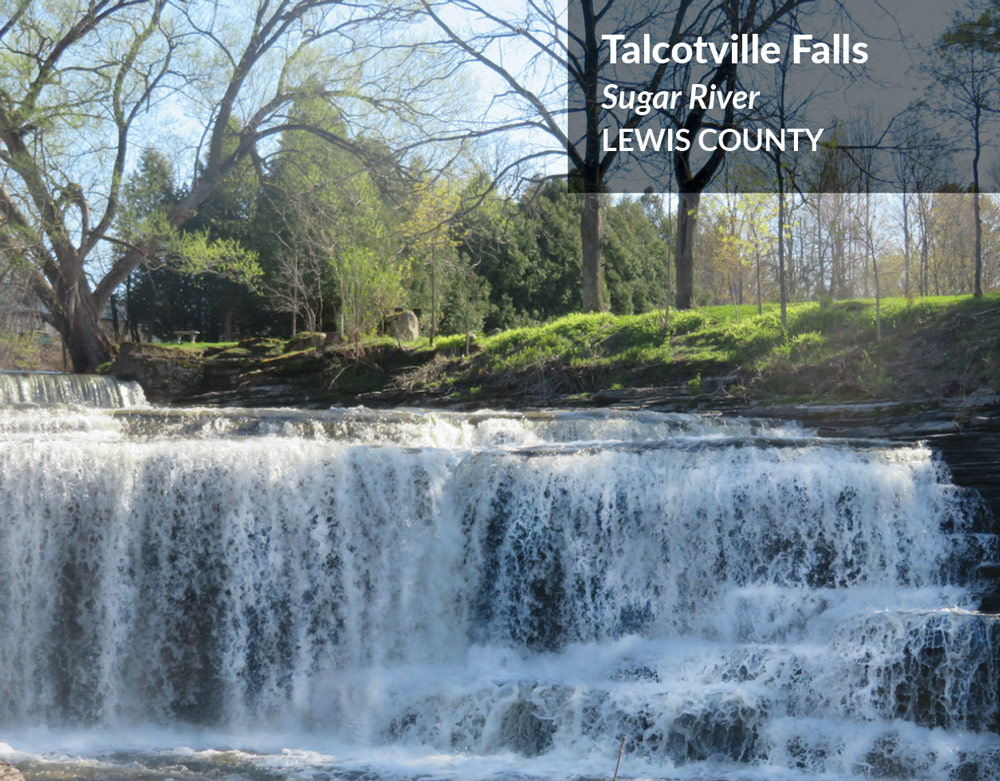
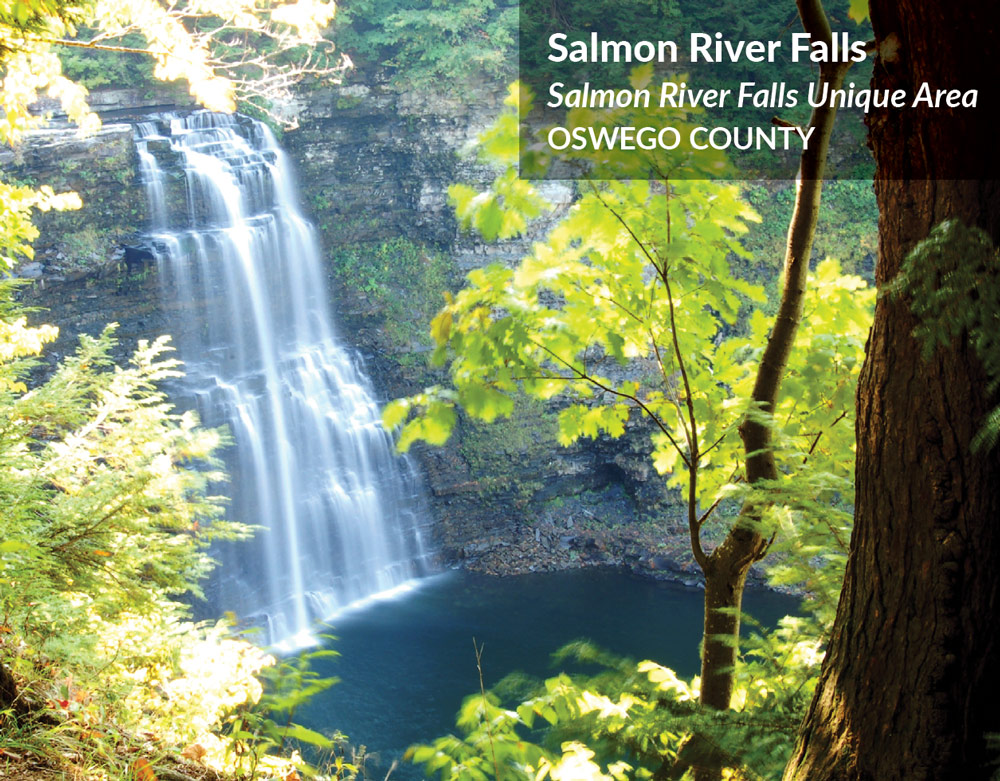
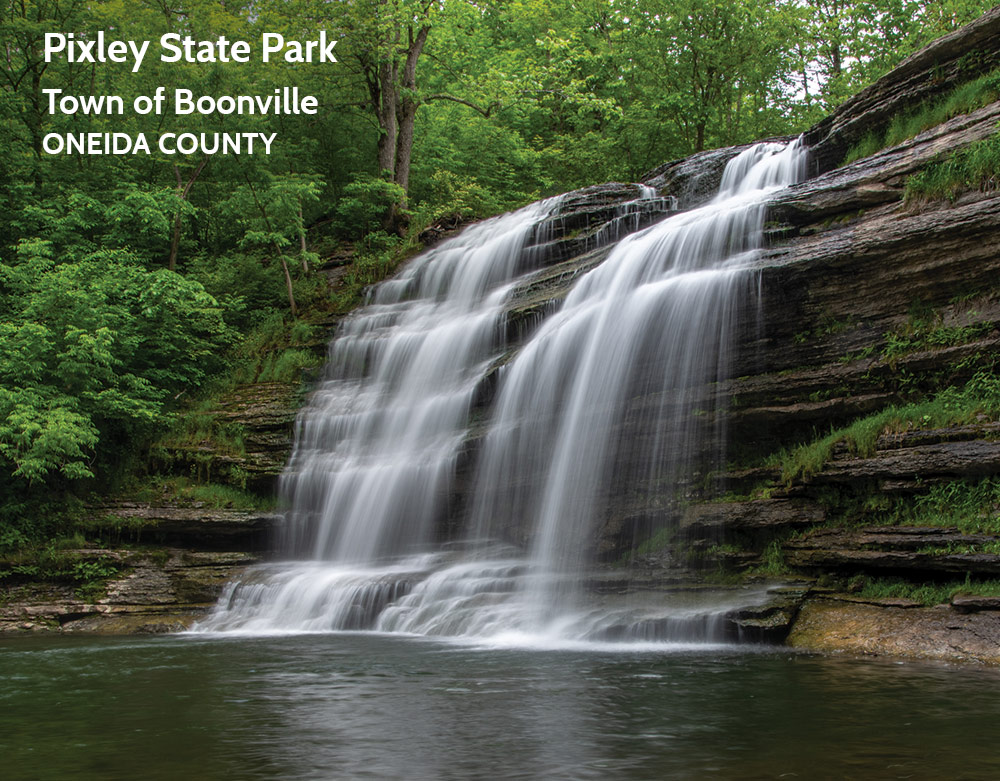
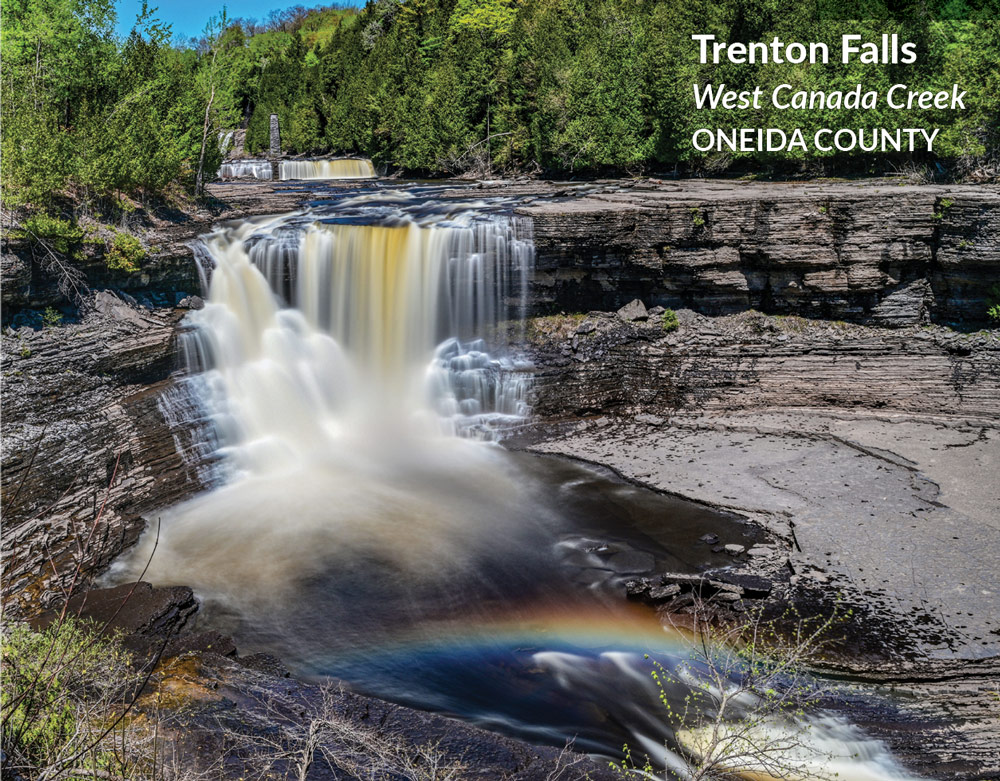
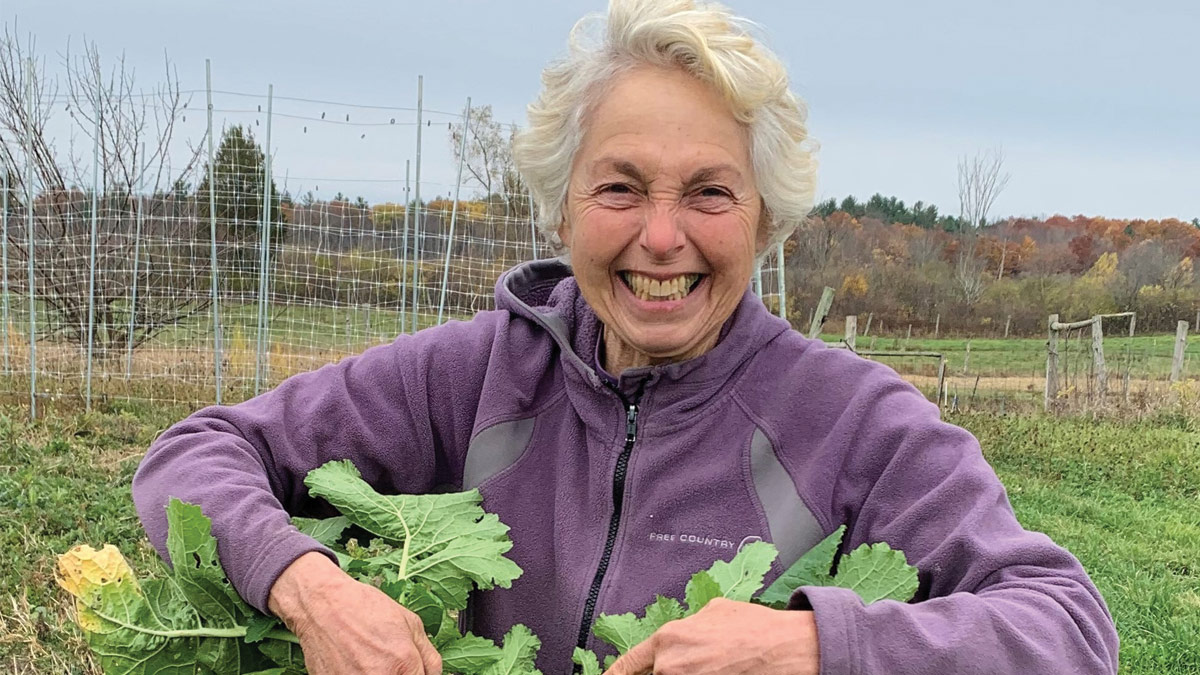
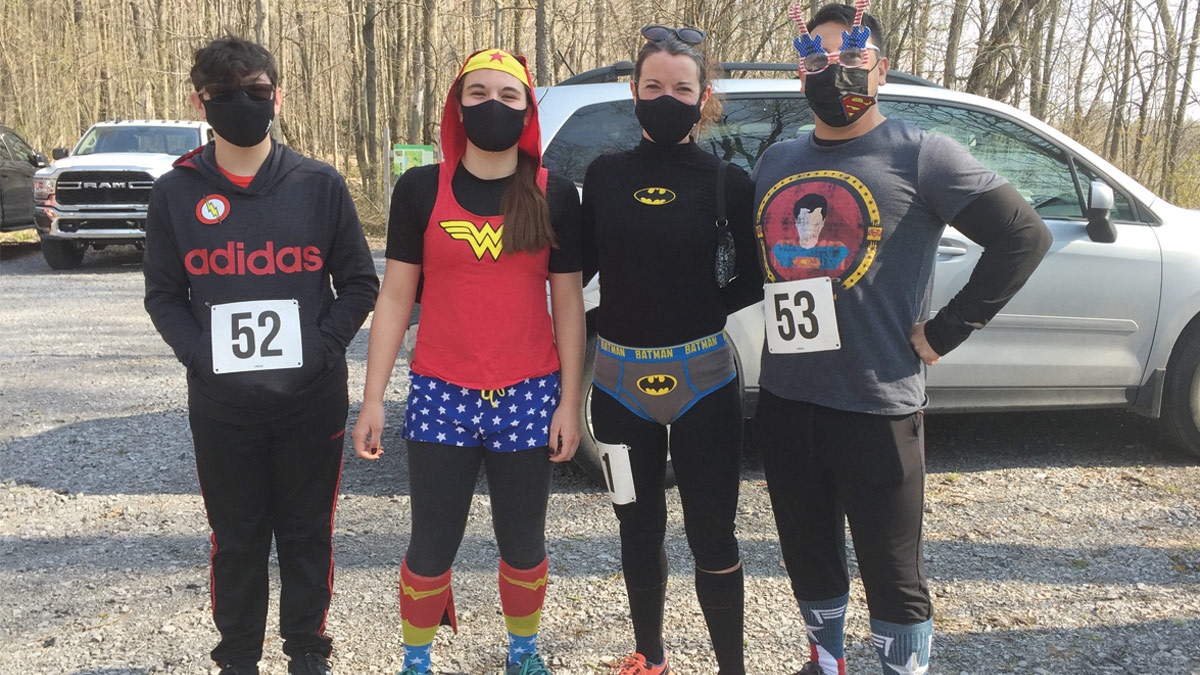
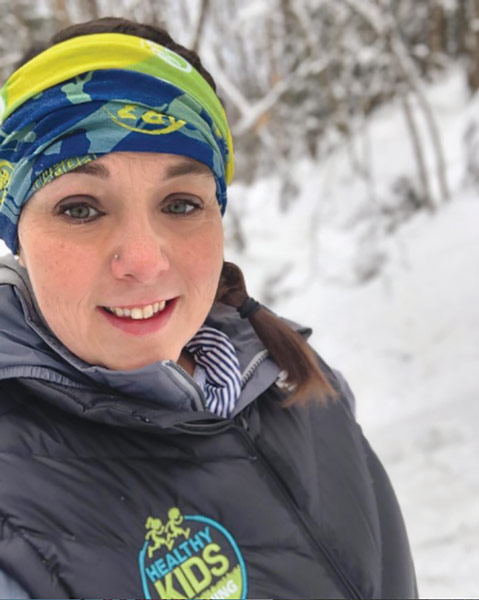
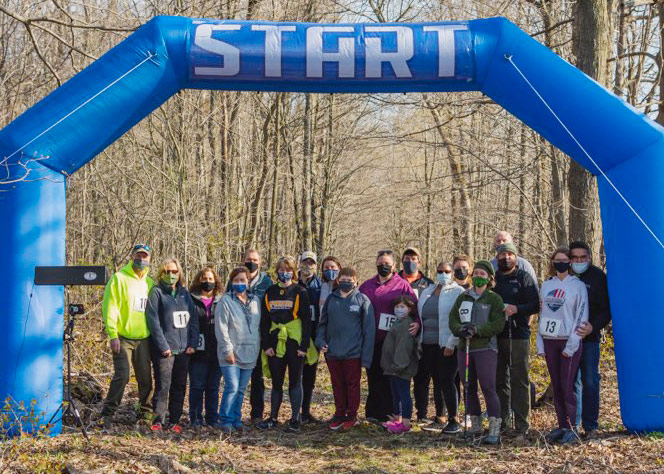 Thank you to our lead Soggy Sneakers sponsors
Thank you to our lead Soggy Sneakers sponsors
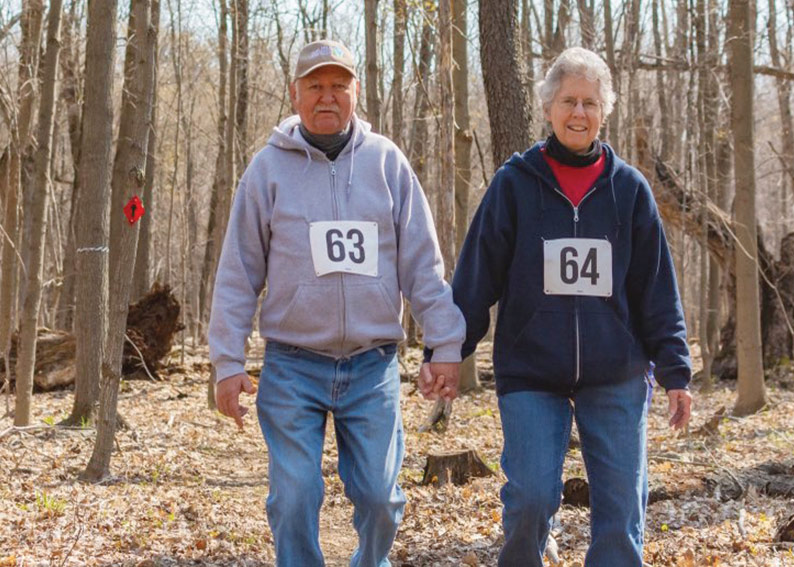
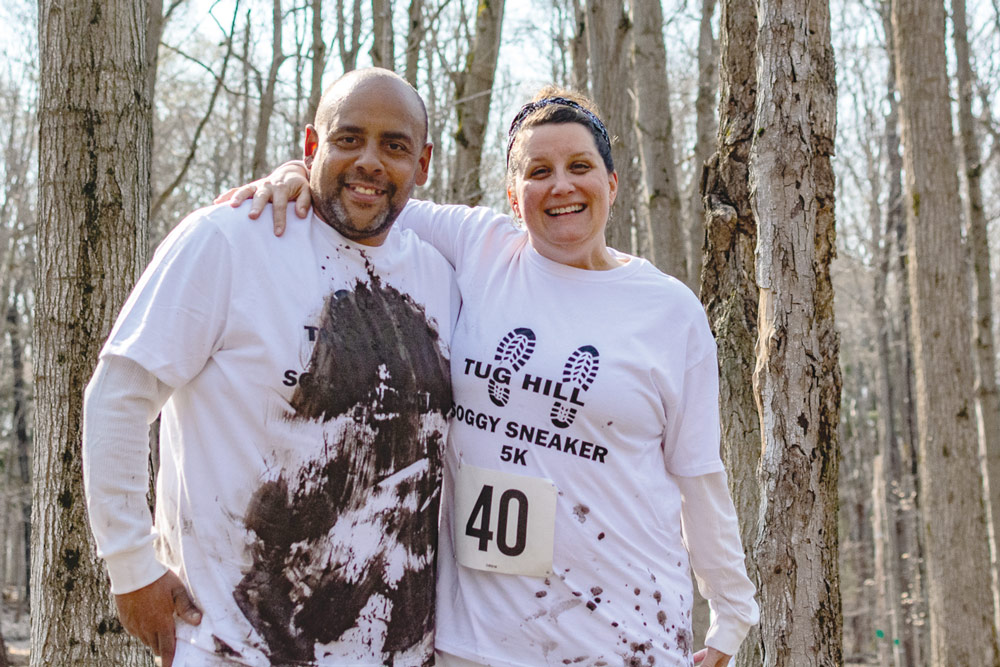

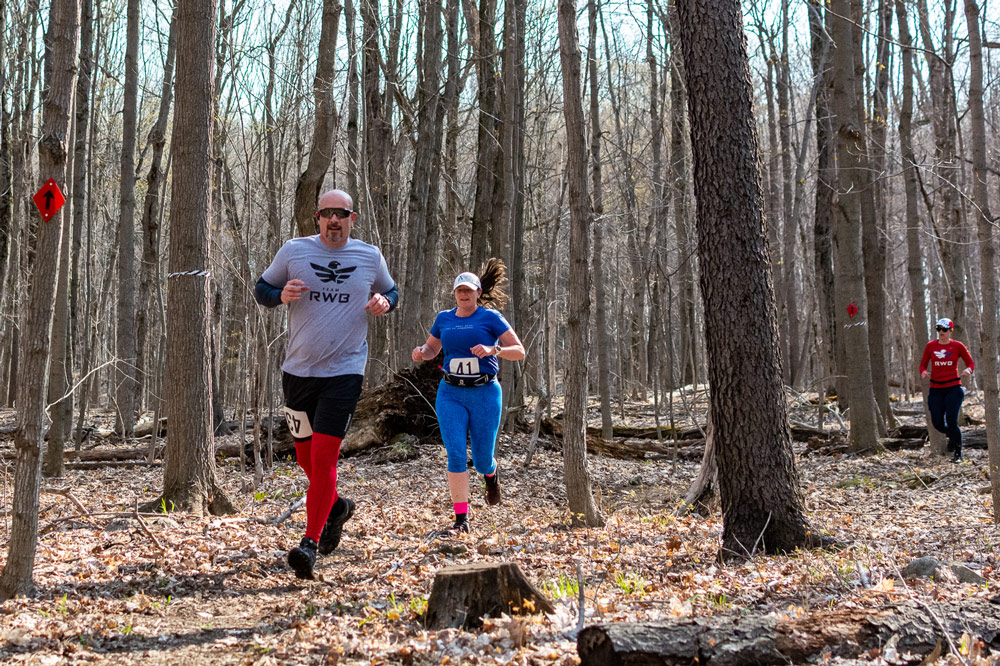
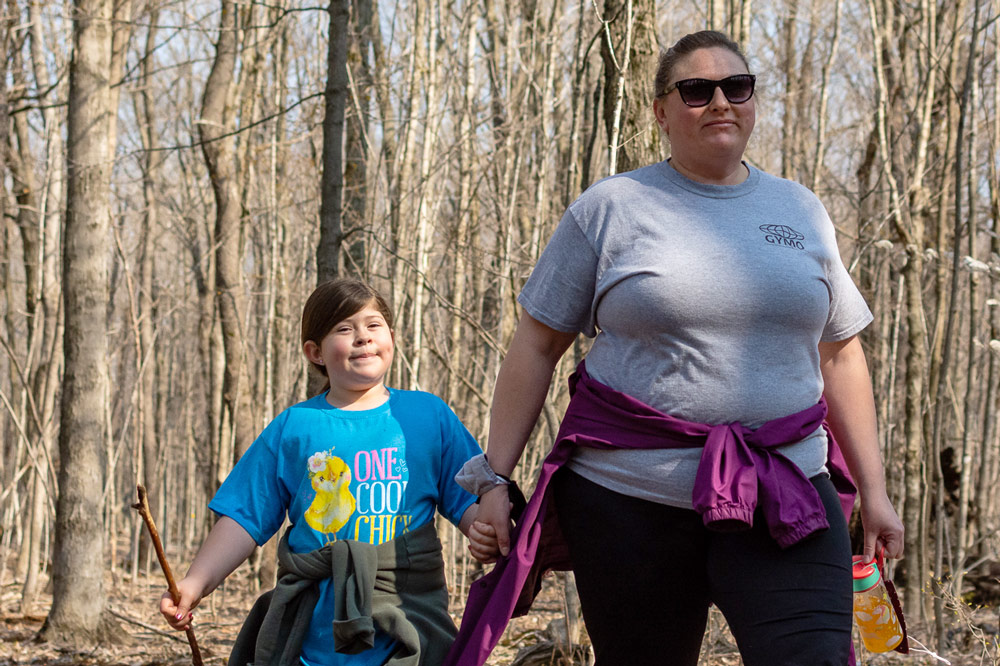
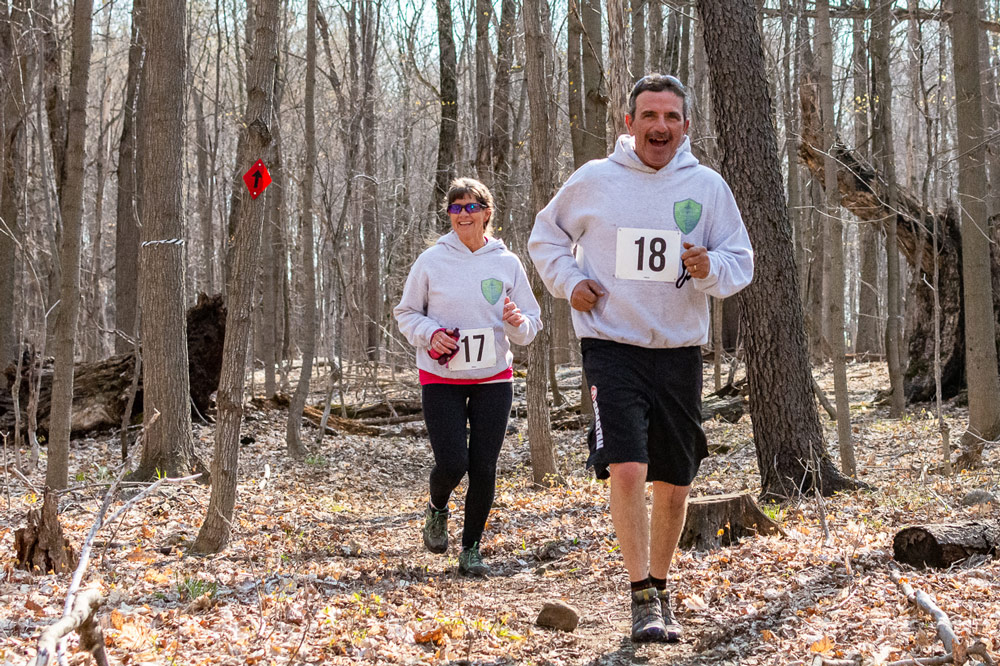
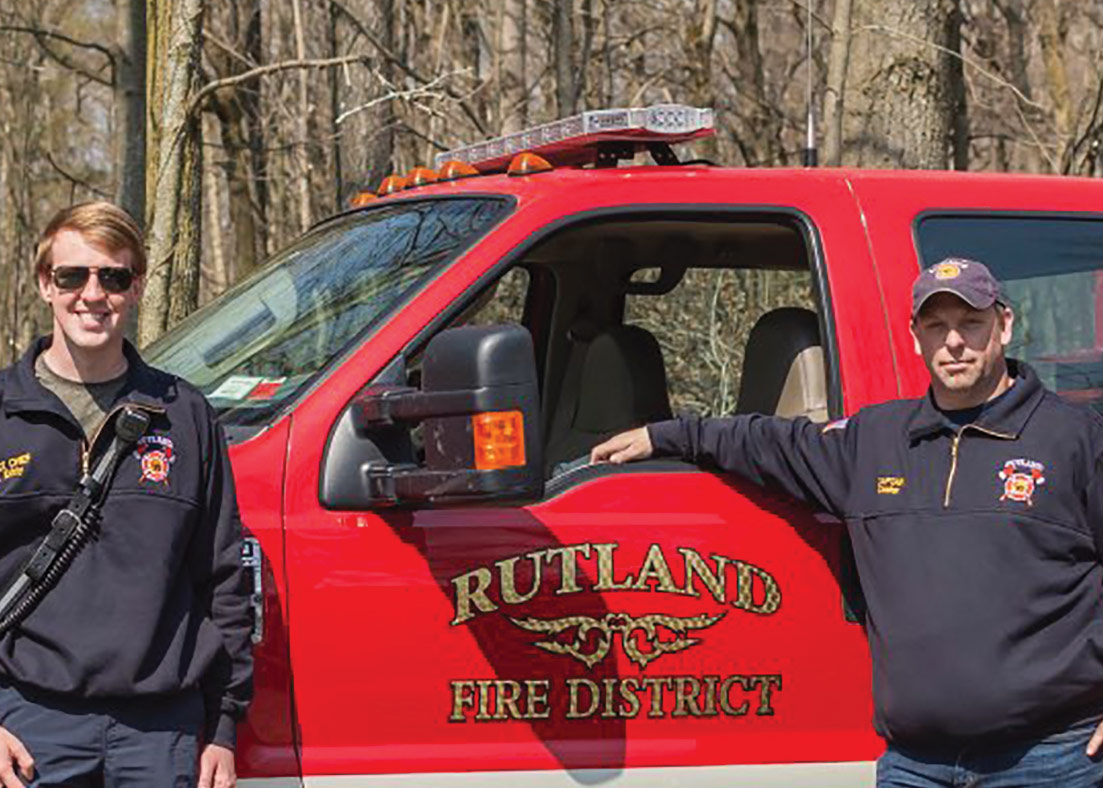
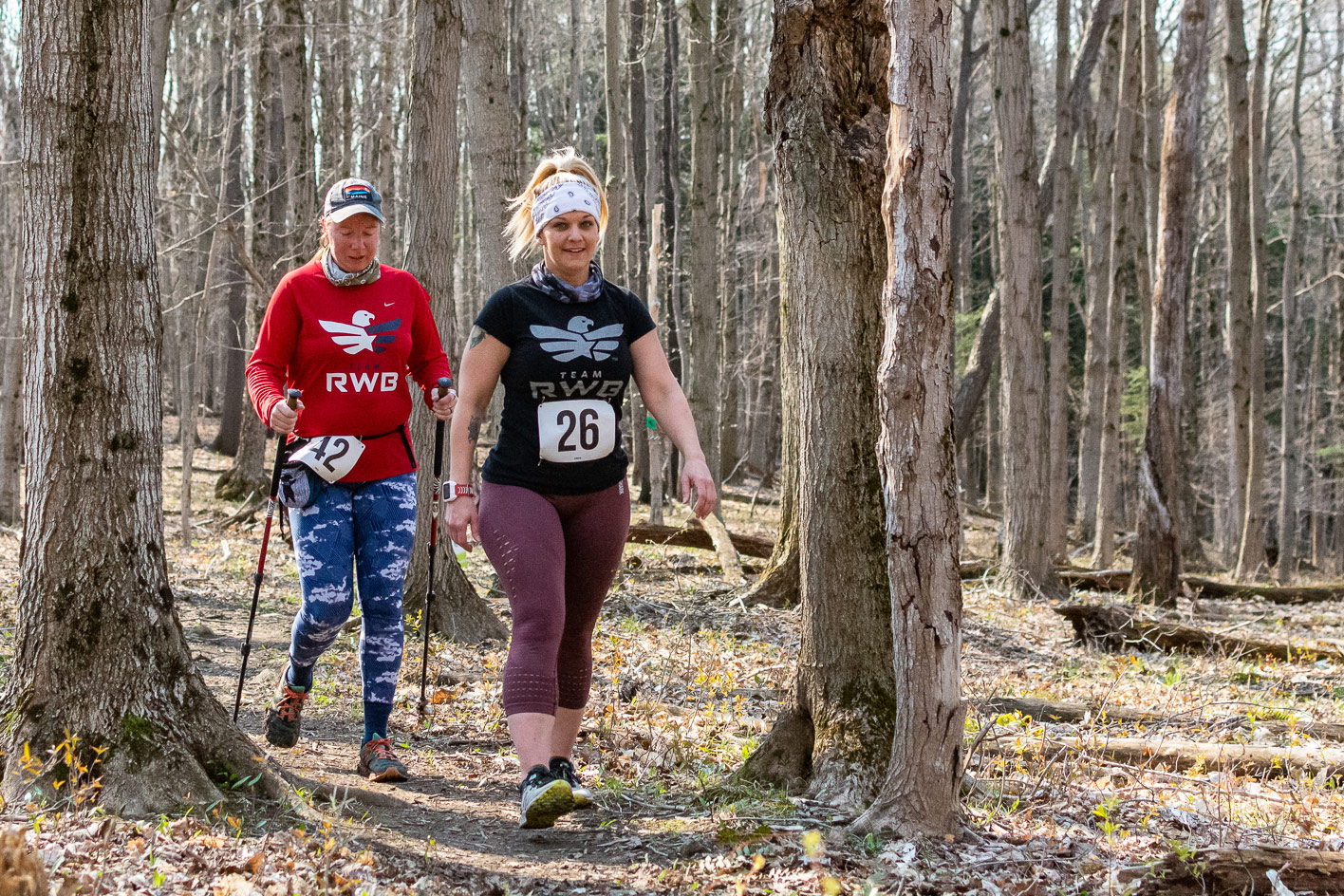
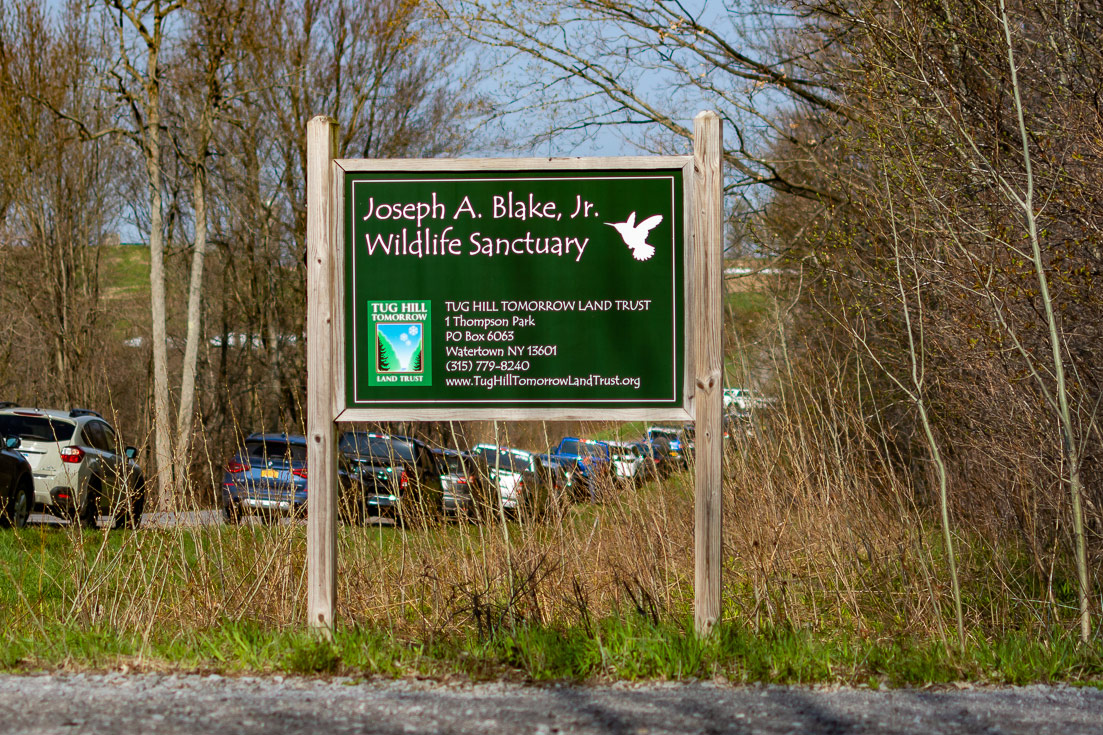
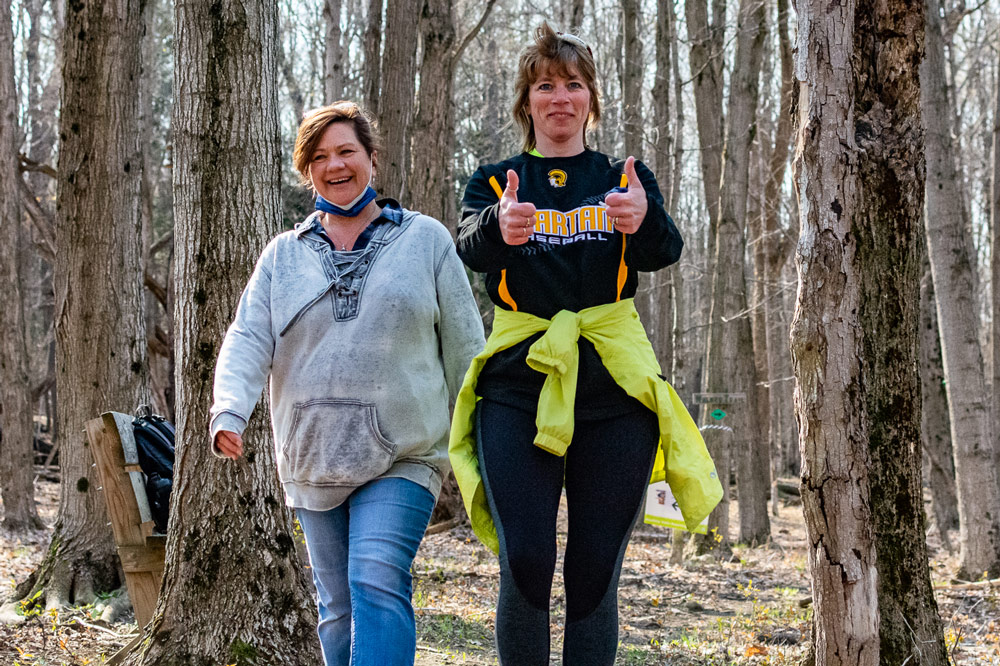

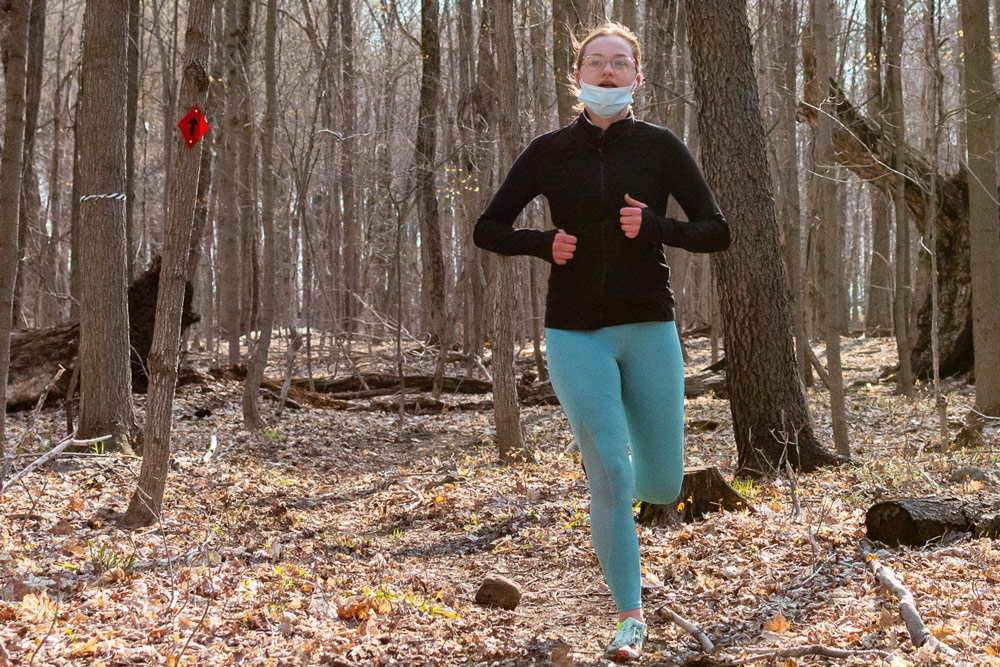
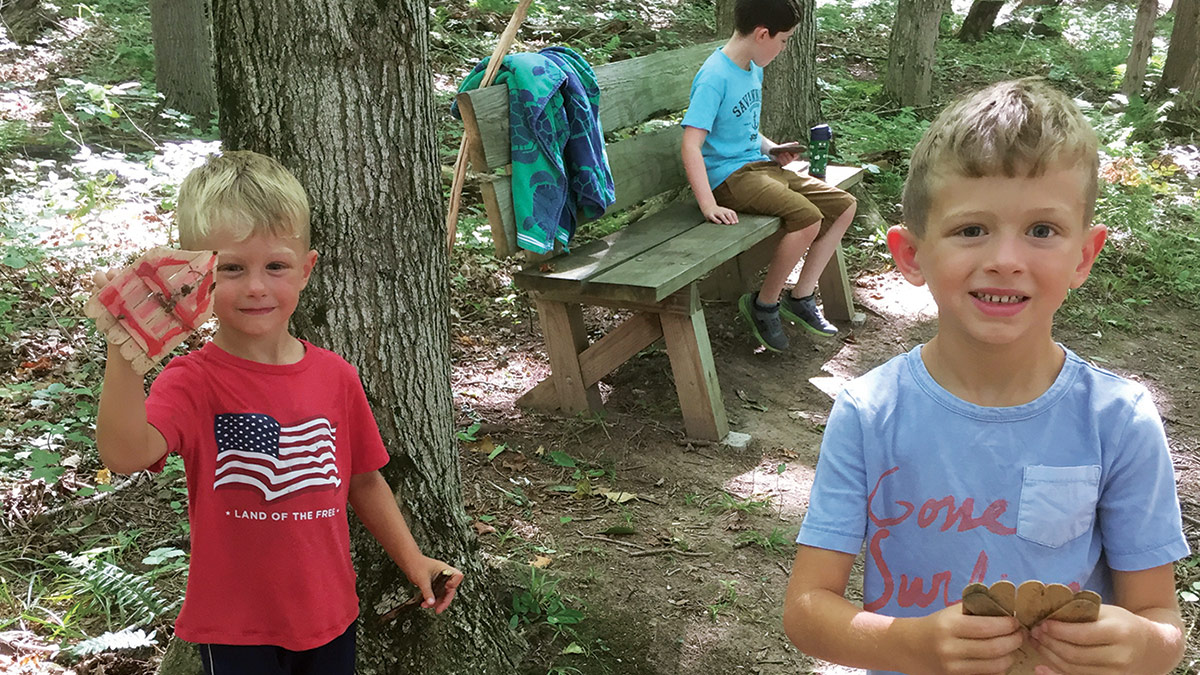
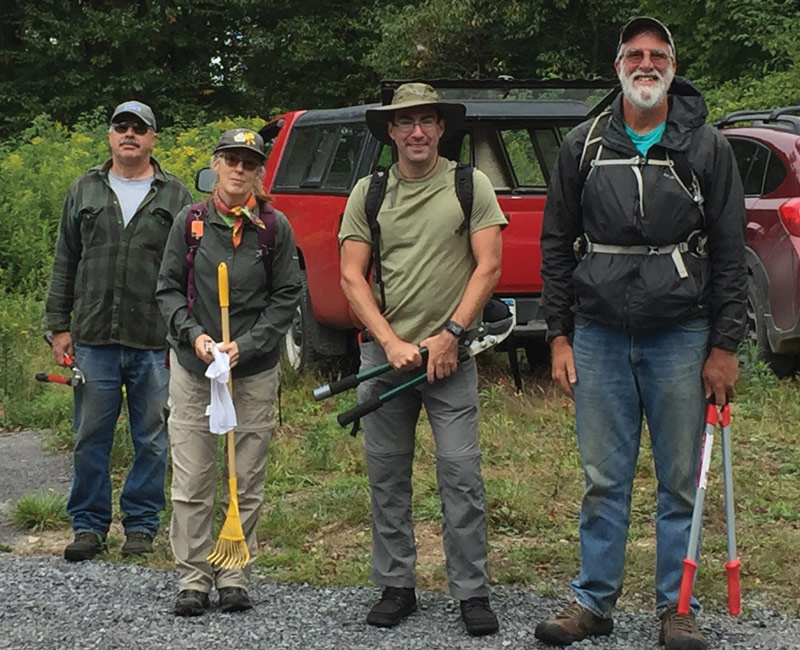
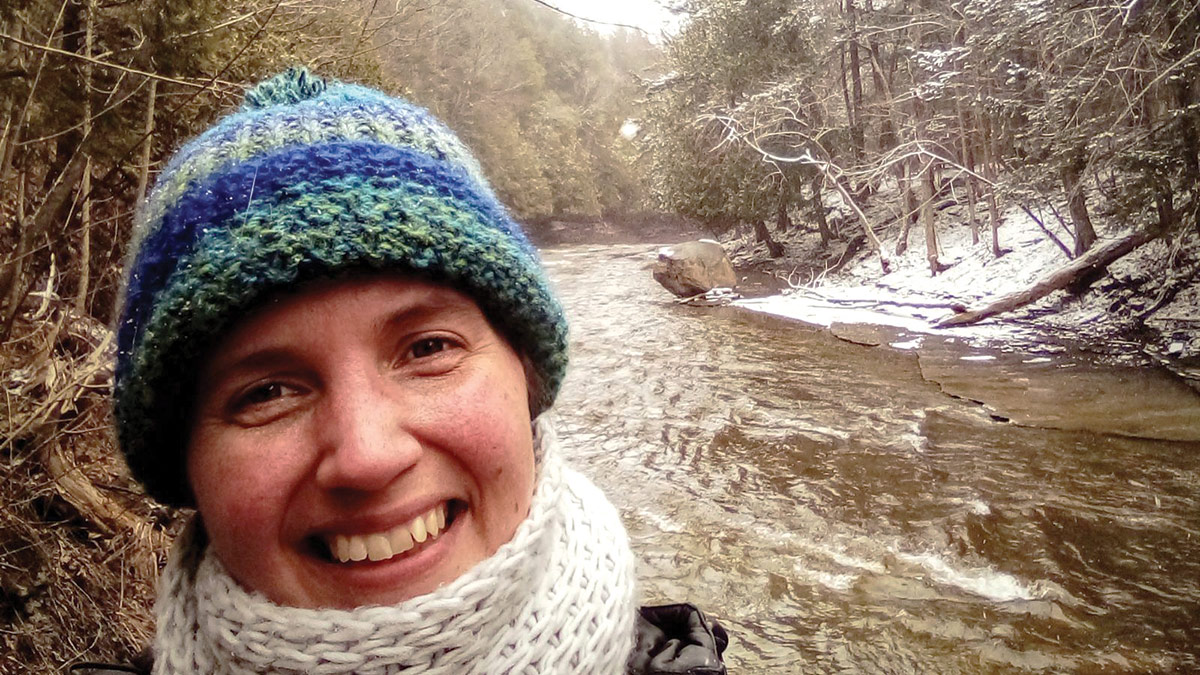
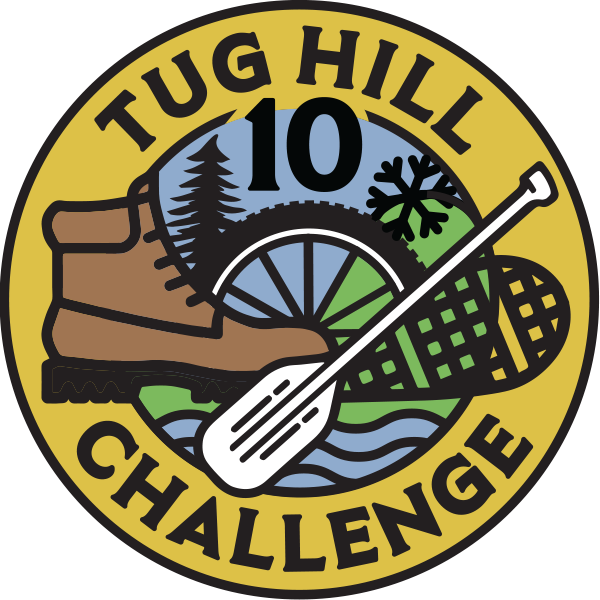
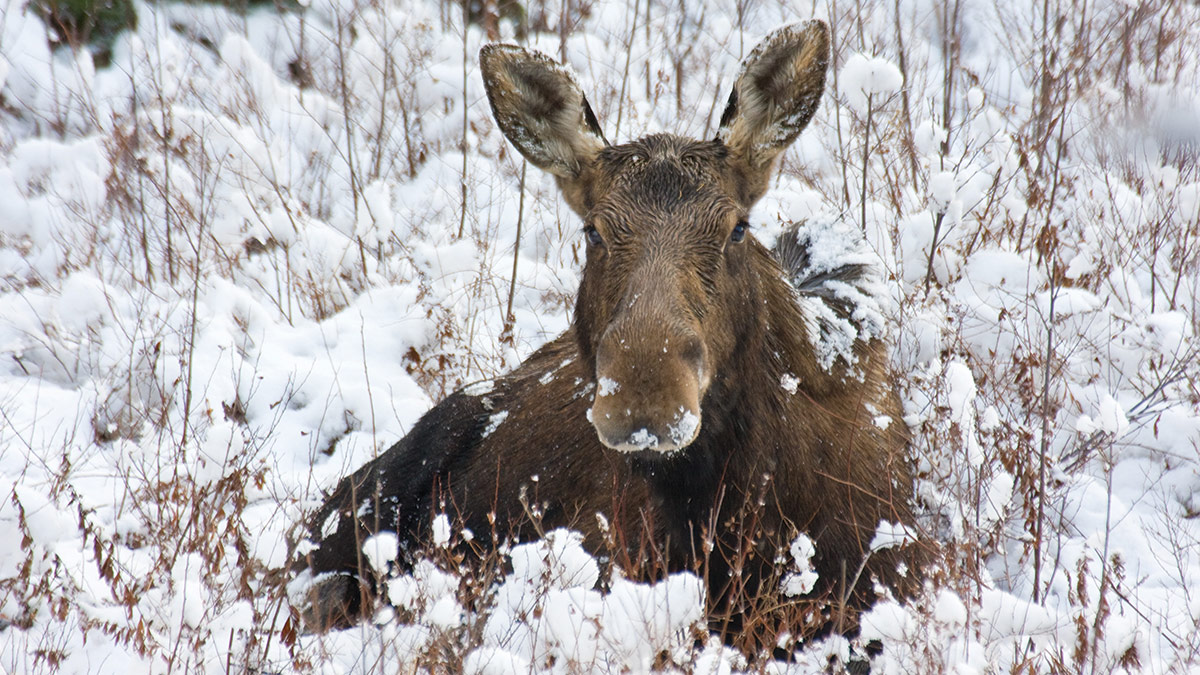
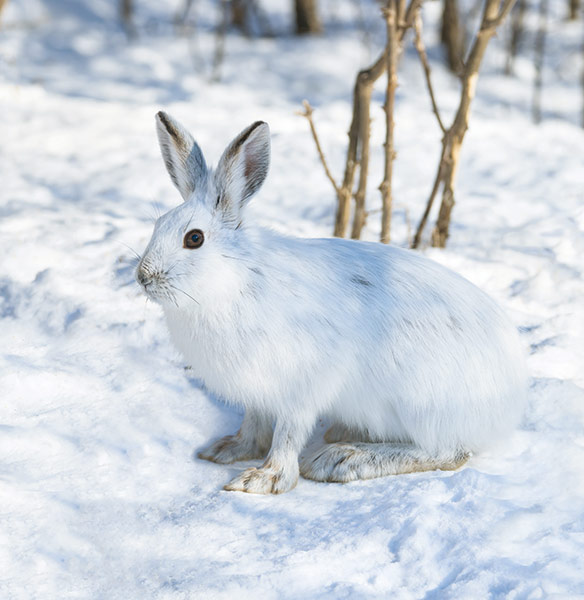
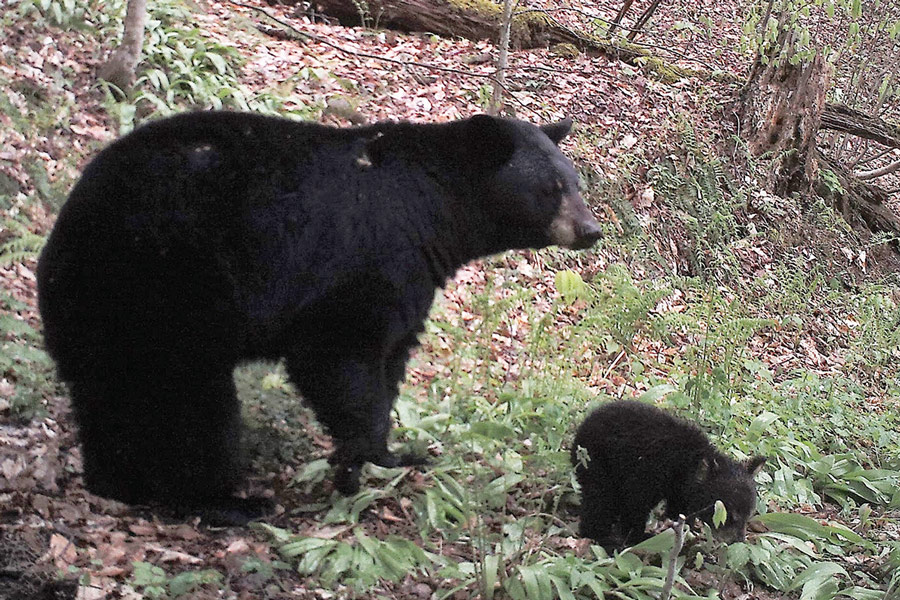
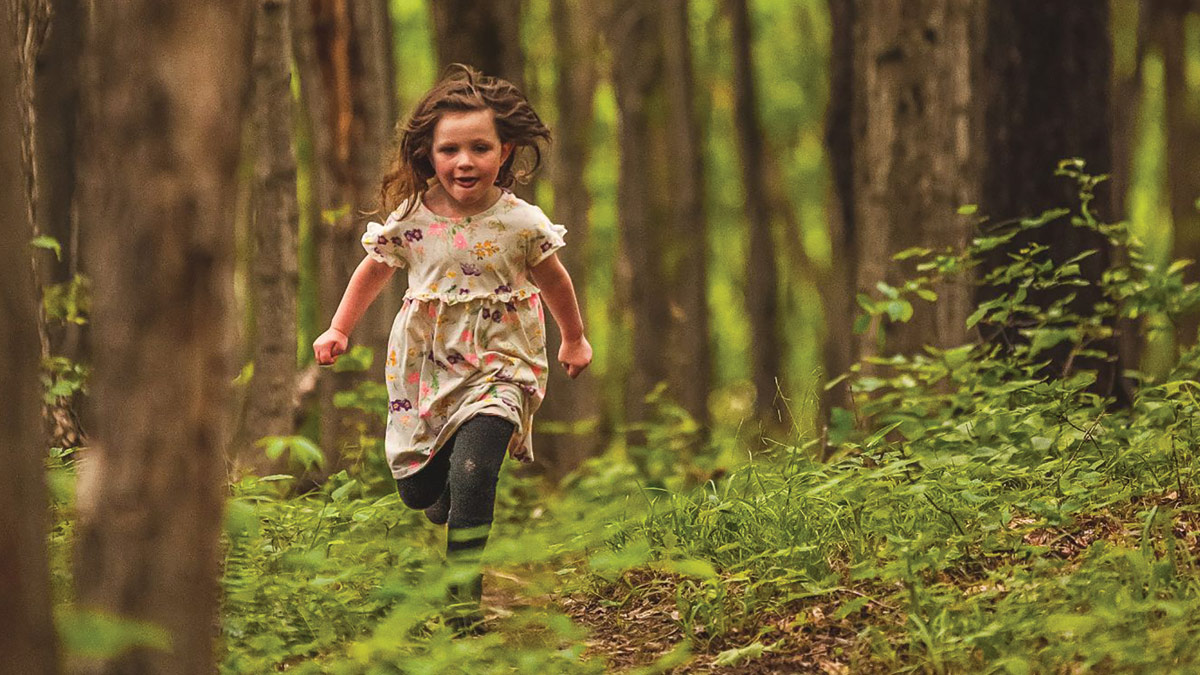
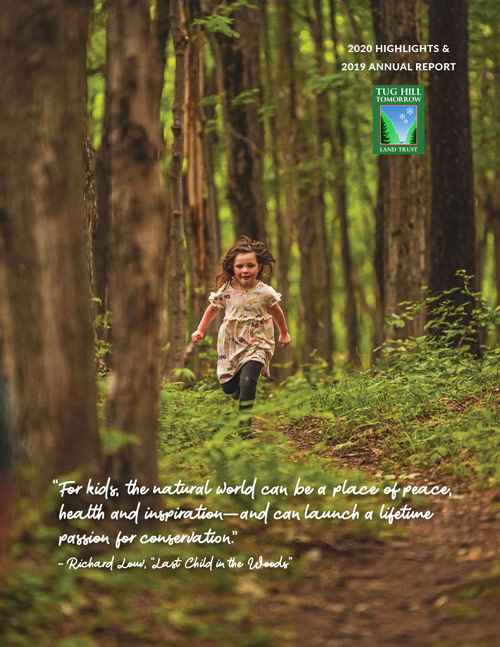
 At a time when good news, compassion, and generosity of heart and spirit matters more than ever, Dr. Reimer and his family have provided a gift that will inspire the next generation of conservationists. Sharing the love of nature is a gift that will last for generations to come.
At a time when good news, compassion, and generosity of heart and spirit matters more than ever, Dr. Reimer and his family have provided a gift that will inspire the next generation of conservationists. Sharing the love of nature is a gift that will last for generations to come.